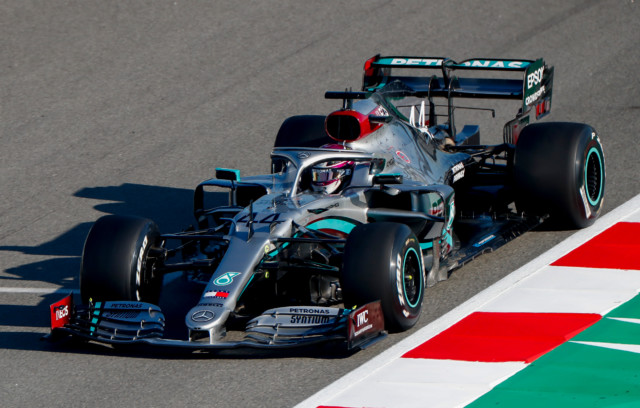FORMULA One cars are packed with gadgets to make them go as fast as possible.
But with so much technology to know and understand, fans can easily get confused.
The drag reduction system (DRS) is an overtaking aid designed to make racing more exciting.
Here is all you need to know about the rear wing system.
What does DRS stand for?
DRS stands for drag reduction system.
This is a method used by F1 drivers to follow their rivals more closely and therefore overtake them.
When in a DRS zone, a driver within one second of a rival car may activate the DRS.
How does DRS help overtakes?
Within the push of a button, a driver can open up part of the rear wing.
It is used to reduce aerodynamic drag and increase the straight-line speed of the car.
That will allow them to close in on the car in front quicker than they would normally be able to.
When can they use it?
The drivers can only use the DRS during designated DRS activation zones.
To ensure that overtaking is not too easy, the length and location of the zones are carefully controlled.
They must be within one second of a car in front to be able to use the DRS.
When was DRS first used in F1?
The drag reduction system was introduced to Formula One in 2011.
Regulations in 2013 stated that no item of the body may be adjustable by the driver during the race – with the exception of the DRS.

